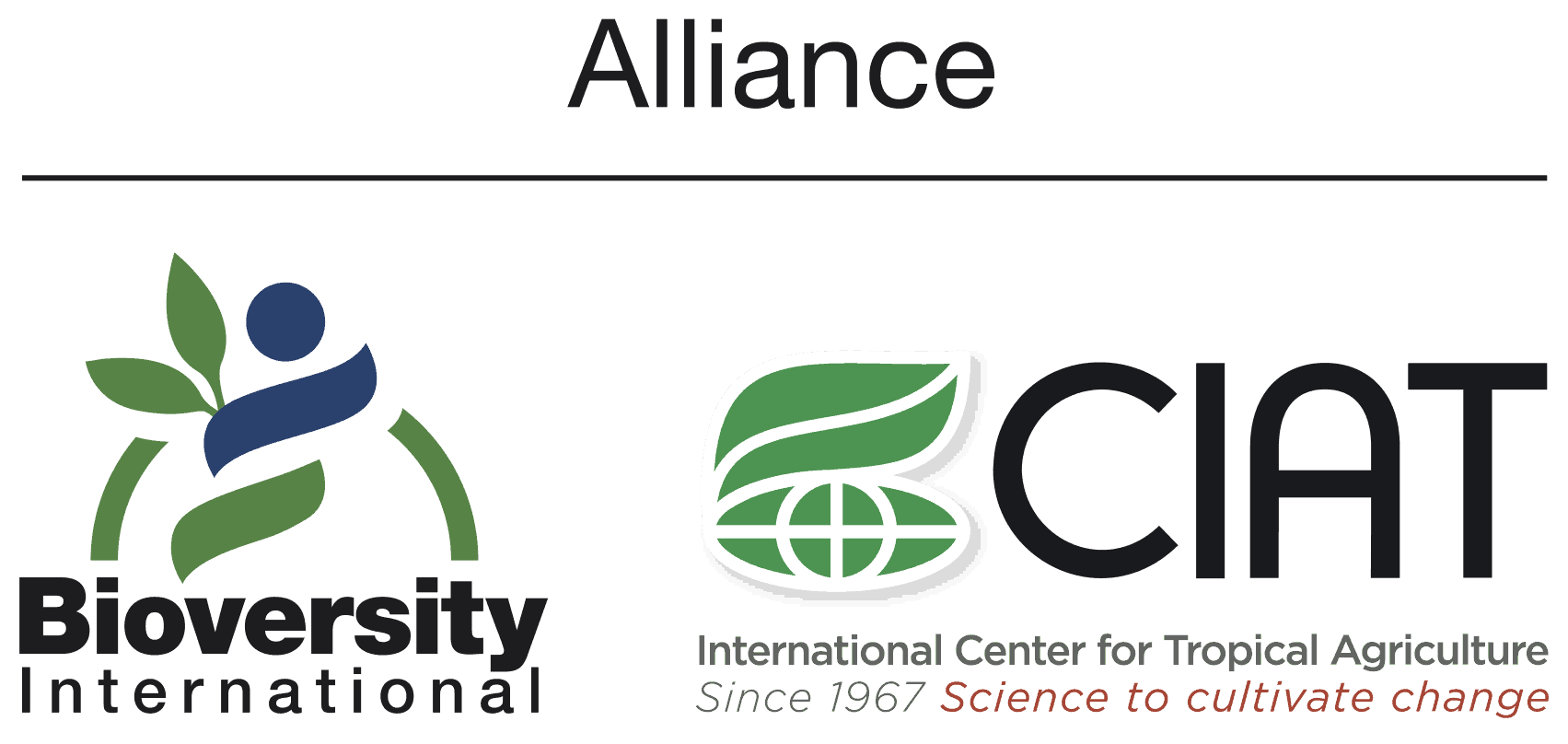Revealing informal food flows through free WiFi
Vietnam

USD100,000
start-up grant

USD125,000
scale-up grant
Despite being the main source of fresh, convenient, and affordable food for 80% of Hanoi’s population, food flows within traditional markets remain largely invisible due to a lack of tracing systems and environmental conditions which make traditional tracking approaches challenging.
By providing free internet to a series of wholesalers and markets in the Cau Giay and Dong Anh districts of Hanoi, Vietnam, this project will put in place the first pieces of tracking system that will characterize and monitor food flows between traders, retailers, and consumers.

“The results of the project are a very important source of information to help the management authorities better understand shopping habits of the local people, provide insights on main food supply channels in traditional markets (wholesale and retail markets), help policy makers have solutions to strengthen food safety control, plan safe agricultural production areas to meet the needs of the people, and control transporting means to ensure food and traffic safety.” – Dr. Le Trung Hieu, Director of Agriculture, Forestry and Fishery Statistics Department at the General Statistics Office of Vietnam.
How does it work?

- Every smartphone has a unique media access control (MAC) address that the WiFi routers installed in the markets will use to identify how many MAC addresses visit the markets over time, how many return to the market and how often, and how the two markets differ on these metrics. This data can be collected even if the smartphone is not connected to the WiFi network.
- When a smartphone user connects to the free WiFi, they will be prompted to answer a series of questions depending on their user type (vendor, customer, etc.). For example, a user that identifies as a vendor will be asked questions regarding sales of specific commodities which will allow for sales to be characterized across time and space.
Early results
- In 2019, the team collected data from more than five million smartphone devices to analyze and leverage toward improving market policies and food safety.
The team’s efforts to gender disaggregate the data has revealed that 56% of the WiFiusers are women. - The project has been adopted by the General Statistics Office of Vietnam as a key method for assessing and predicting unfolding COVID-19-related food security shocks on a national level.
Project partners






